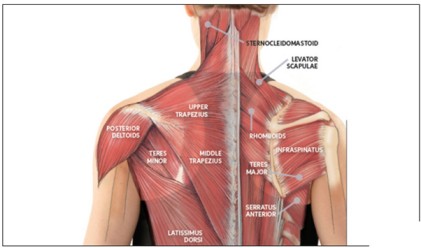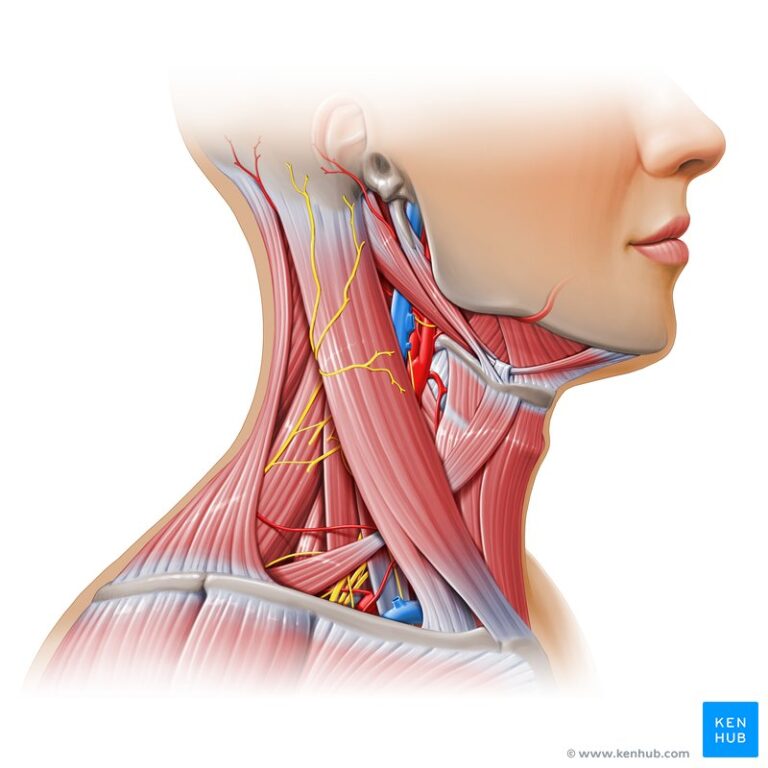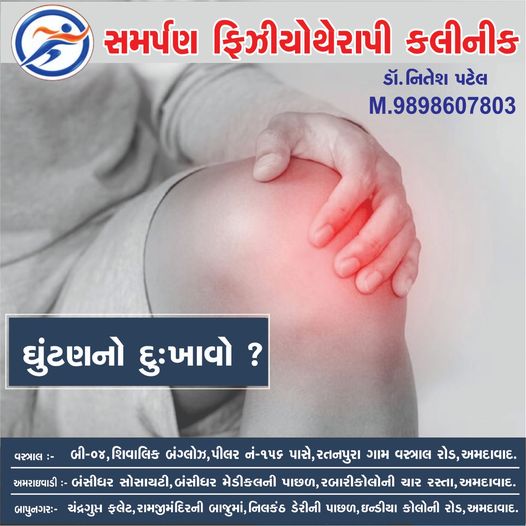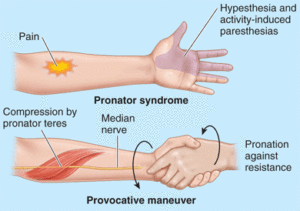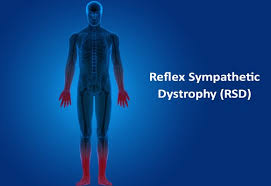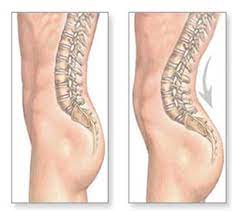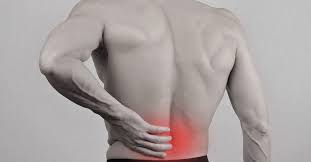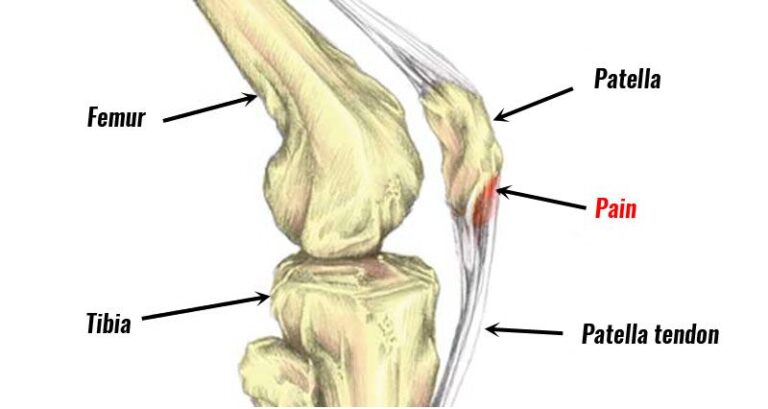Spastic cerebral palsy
Definition of Cerebral palsy (CP): PHYSIOLOGICAL CLASSIFICATION OF CEREBRAL PALSY: Two classifications by motor function: What is pyramidal or spastic cerebral palsy? What are the types of spastic Cerebral palsy? Spastic Diplegia Spastic Hemiplegia Spastic Quadriplegia EXTRAPYRAMIDAL OR NON-SPASTIC CEREBRAL PALSY: Ataxic/ataxia: Dyskinetic: Athetoid: Dystonia/Dystonic: Athetosis: Chorea: Choreoathetoid: Dystonia: Mixed: Gross motor function classification scale(GMFCS):…


